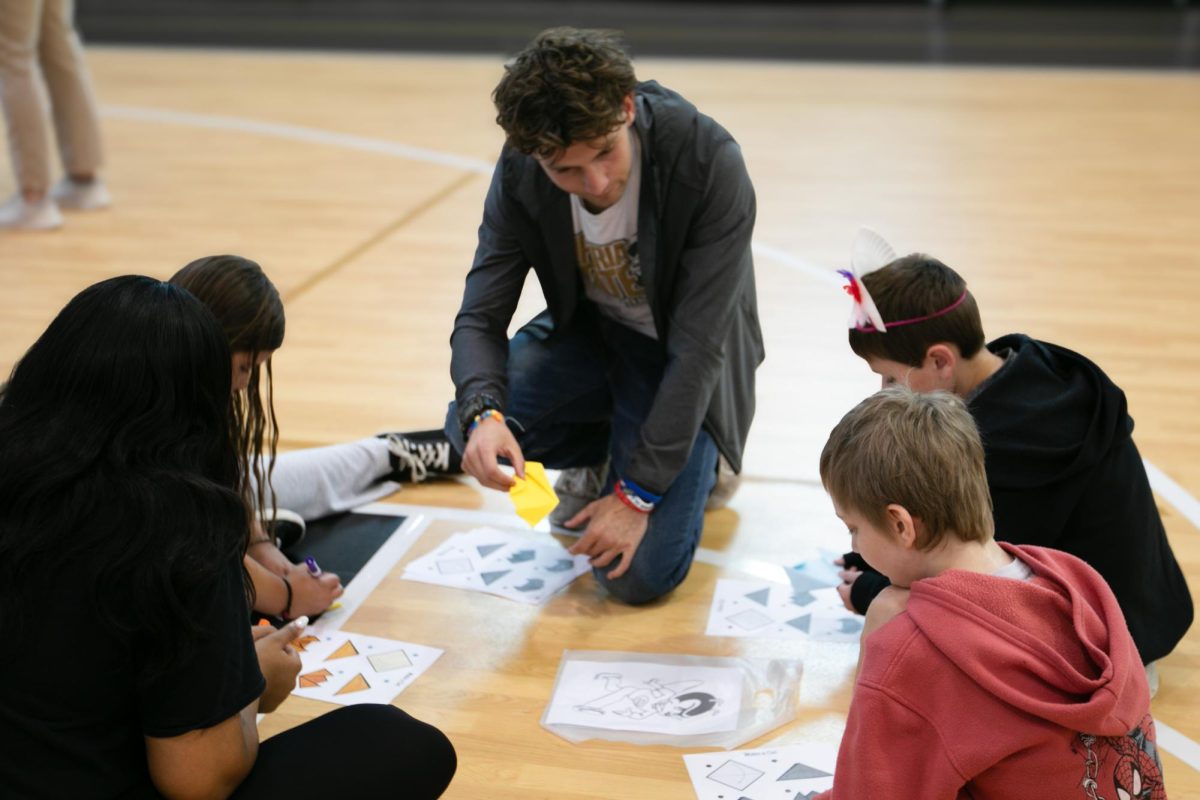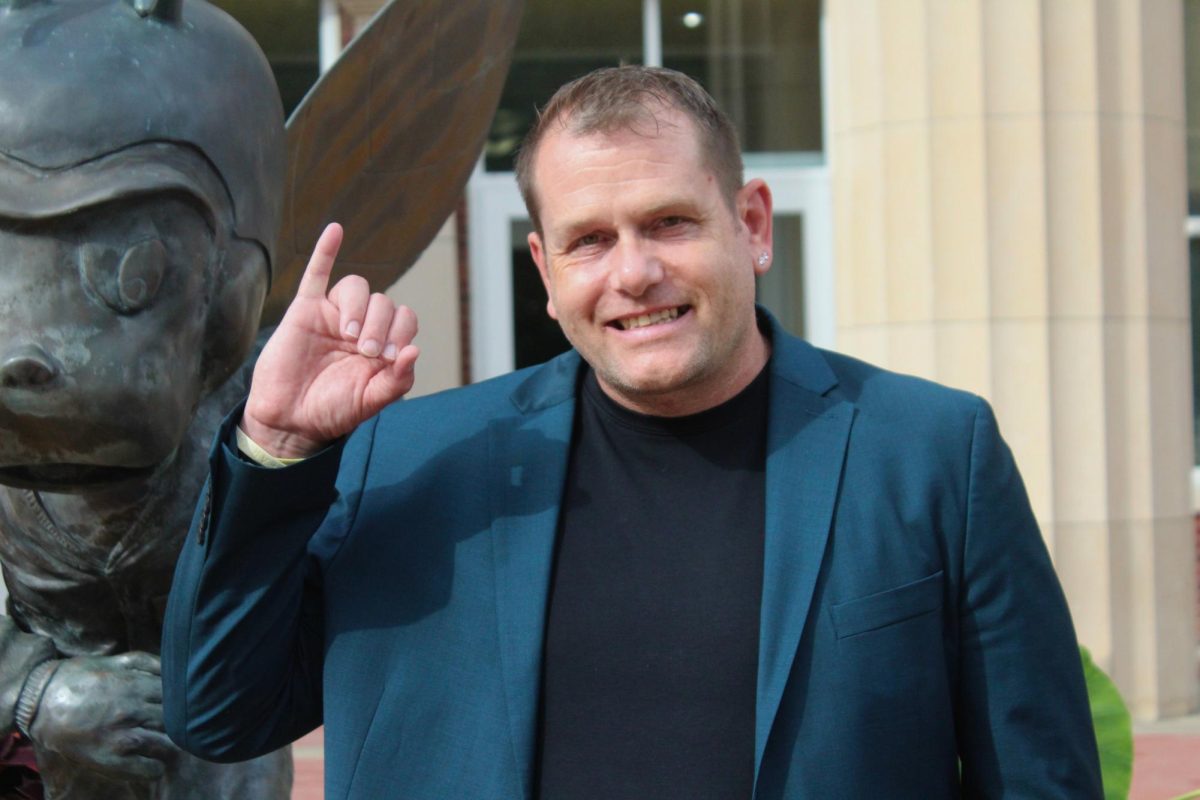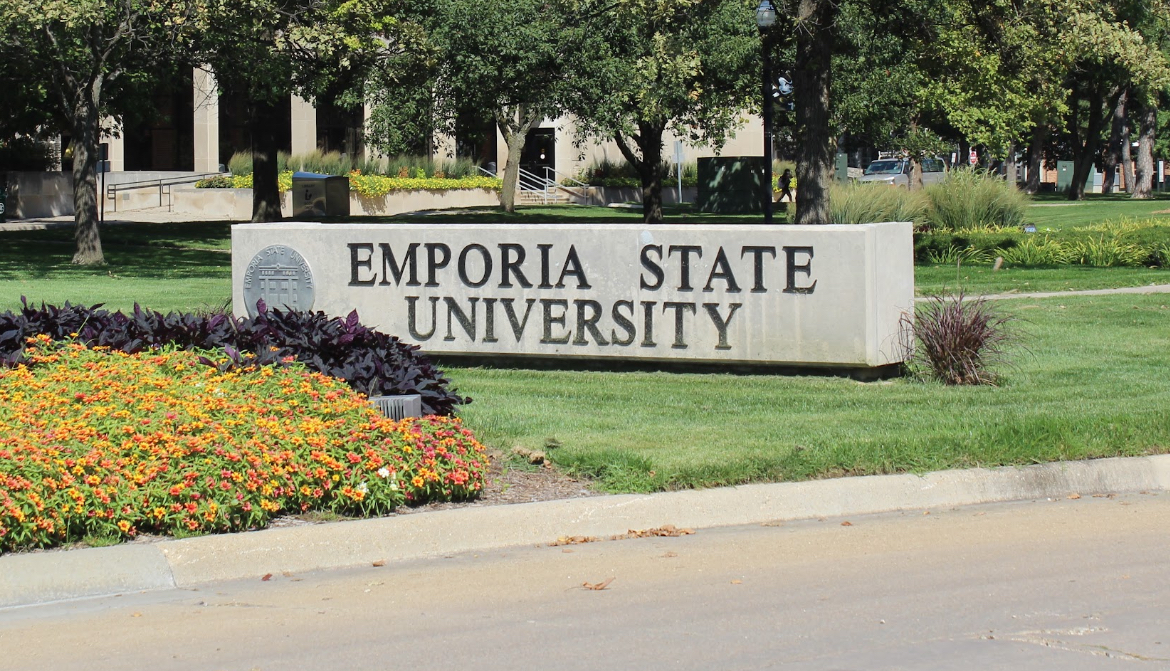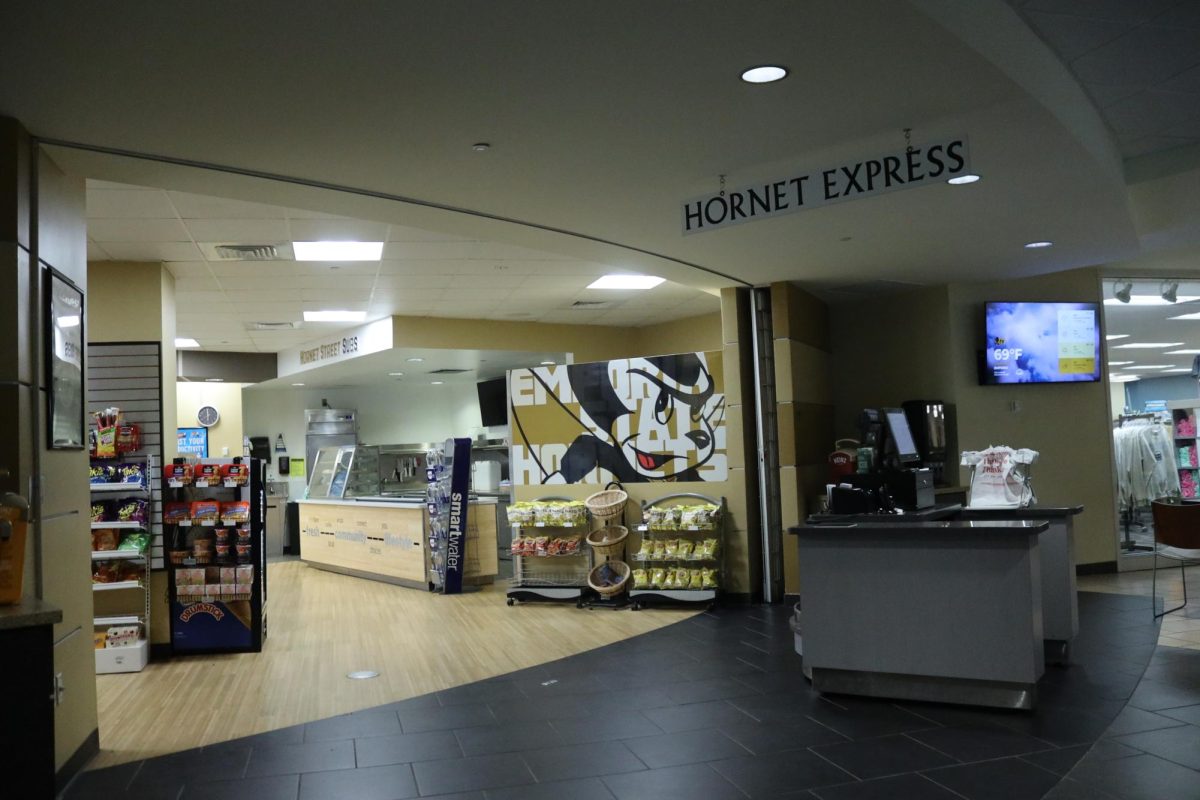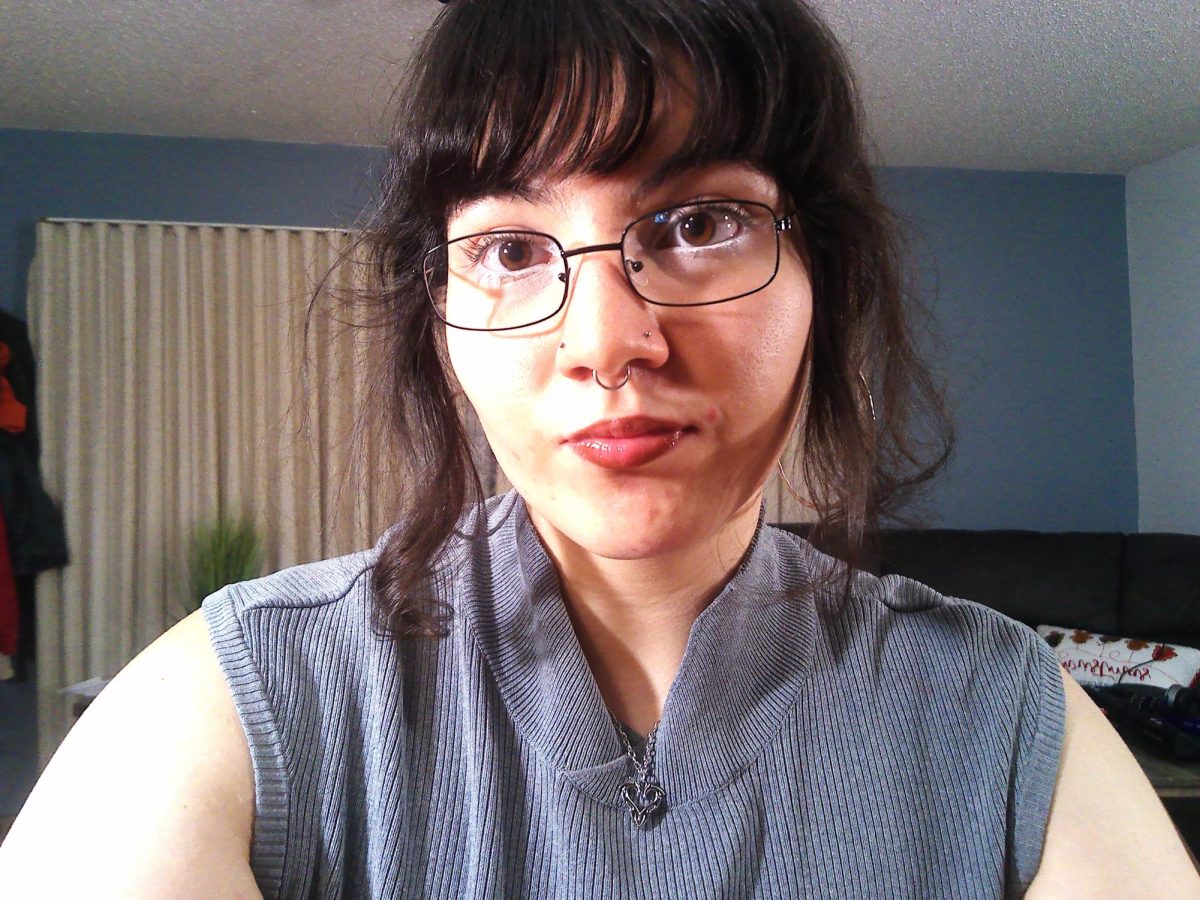Forty people met at the Phi Kappa Phi room in Memorial Union on April 11 to participate in the biennial Campus Safety and Accessibility Walk.
Generally, the event operates by splitting attendees into five groups to walk around different areas to cover the entirety of campus and list anything that could possibly compromise safety. These lists are presented by Associated Student Government to Emporia State Facilities and Cory Fallidine, Executive Vice President of Operations and Economic Development. Over the course of the following year, the University works on resolving the issues before hosting their next walk the year after.
“It’s done almost every other year where one year we would have the walk and the next year we would focus on finding and improving those (safety issues),” said Associated Student Government Vice President Camila Viorel.
This year’s walk was different from previous years: it focused on not just safety, but accessibility as well. The event was organized as an outdoor safety walk and indoor accessibility walk that occurred simultaneously. Accessibility issues consisted of problems such as loose handrails, broken sensors, and lack of signage on accessibility doors.
“In the future, like, maybe in the fall, I wanna push to have annual events. So one year it’s a safety walk and the next year it’s an indoor accessibility walk because it’s very overwhelming to do both together,” said DEI Chair Hibah Yaseen. “I would like for the school to give accessibility its own event because those issues are just as important as safety issues… and in the past, the campus safety and accessibility walks were two separate things. I can’t find any records about past accessibility walks, which is interesting because I think they did it in 2019.”
This year’s five groups were arranged strategically to include group leaders with different skills and expertise, including knowledge of ADA regulations.
“There’s so many fine details and ADA regulations that we can’t expect just anybody to know, so one of our contacts from facilities was super on board for the indoor accessibility walk because he said we should have an engineer there and have folks from SASS so that we have all these brains together that are well-versed in these very specific ADA regulations,” said Sophia Dawson, ASG President.
“(Yasseen) did a really nice job of deciding who was gonna be in what group. Kayla Smith, the Director of Residential Life, was able to take one group into the lobby of residential life to test the buttons. And then we had Douglas Polston, Chief Information Officer… he was a really great person to have on our team in the rec center because his wife is wheelchair bound and so we were able to have his perspective on issues that people in a chair may face,” she said.
Two prominent issues found on this year’s safety walk included a lack of lighting and signage.
“We got a lot of really good information,” said Yaseen. “…Feltner Square was renovated recently and someone commented on how the concrete’s very slick, so that’s something we need to be mindful of so people don’t slip. The second thing was, there’s a tunnel right by the rec center on campus. The tunnel has, like, absolutely no lighting anywhere near it, even in it, and no signage. A lot of people walk through it because it leads to PAROC and whatnot, so there should be lighting for students who are walking their dogs.”
While the safety walk only occurs every other year, students and staff are encouraged to bring awareness to safety and accessibility issues they may notice on campus.
“If you see something, say something. Students can go to their dean, to any type of program coordinator or leader within their school or on campus and those people will be able to submit a facilities report so that area can be looked at by professionals,” Dawson said. “If you see something, say something, because if it affects one person, it’s highly likely that it affects many

